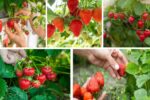The humble jujube — also known as the Chinese date — has quietly nourished civilizations for thousands of years. Known for its sweet, apple-like taste and medicinal qualities, this ancient fruit is now gaining modern recognition as a superfood. But have you ever wondered where the world gets most of its jujubes? The simple answer is China. In fact, this single country grows over 90% of the world’s jujubes, making it the undisputed epicenter of global jujube production.
Let’s dive deeper into the history, production, growing regions, trade, and future of this remarkable fruit and discover exactly how and where the world’s jujubes are produced.
What Are Jujubes?
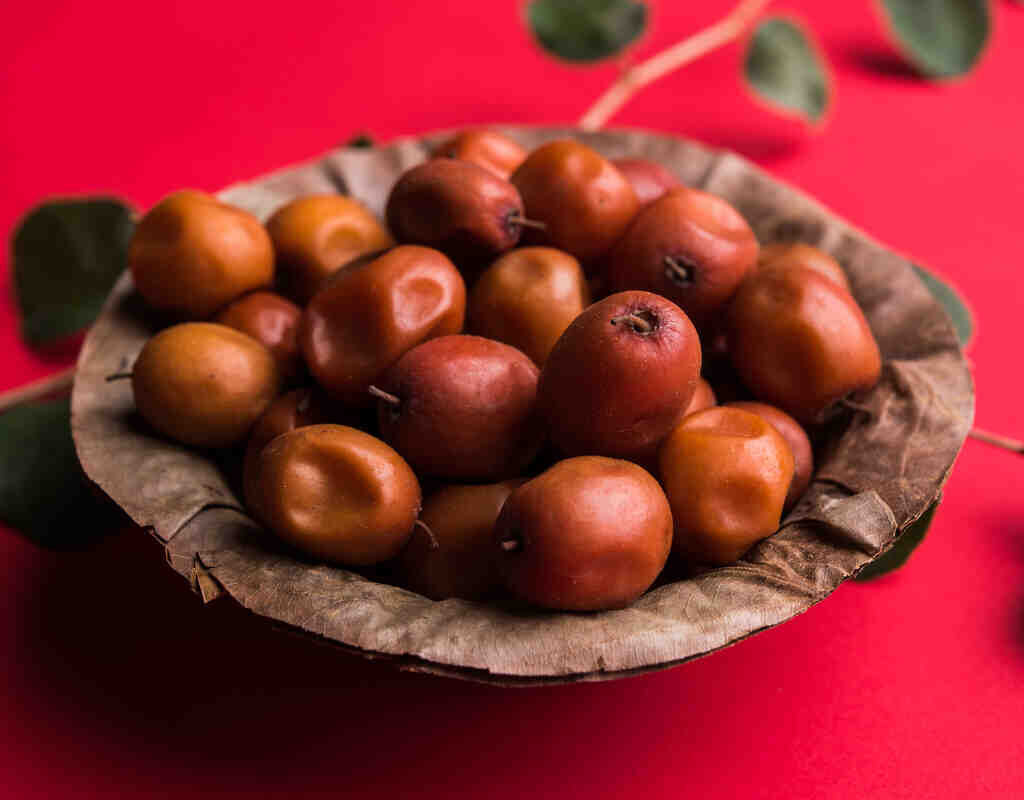
Jujubes (Ziziphus jujuba) are small, oval-shaped fruits native to Asia. They’re often called Chinese dates because of their resemblance to dates when dried. Jujubes can be eaten fresh, dried, or processed into a variety of products including teas, candies, wines, syrups, and traditional herbal medicines.
Nutrient-rich and packed with antioxidants, vitamin C, potassium, and fiber, jujubes are prized for their health benefits — such as improving sleep, boosting immunity, and promoting digestion.
Where Does the World Get Most of Its Jujubes?
The global jujube industry is unique because it’s overwhelmingly concentrated in one country:
China: The World’s Leading Jujube Producer
When it comes to jujube cultivation, China stands alone. The country is responsible for over 90–95% of the world’s total jujube production. No other country comes close in terms of production scale, variety, or processing capacity.
Production Figures:
- China grows jujubes on more than 2 million hectares of farmland.
- It produces around 7–8 million metric tons of jujubes annually.
- The industry supports over 20 million farmers and workers across China.
This dominance makes China the main source from which the world gets its fresh, dried, and processed jujube products.
Major Jujube-Growing Regions in China
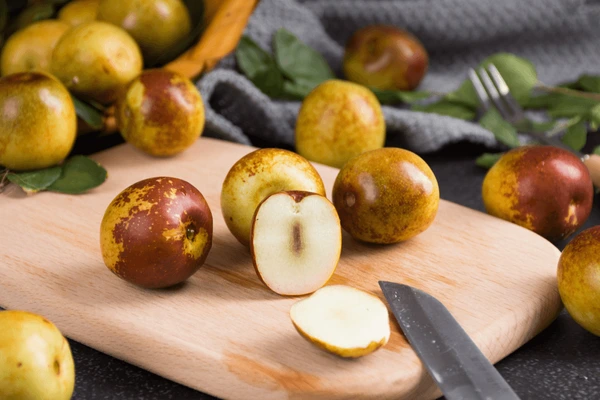
Jujubes thrive in semi-arid and arid climates with well-drained soils. China’s north-central and northwestern regions offer the perfect environment for jujube cultivation.
The top jujube-producing provinces include:
- Xinjiang: Famous for high-quality dried jujubes.
- Hebei
- Shandong
- Shaanxi
- Henan
- Shanxi
- Gansu
- Ningxia
Among these, Xinjiang Province has rapidly become China’s largest jujube-producing area, especially for premium dried jujubes exported worldwide.
Other Jujube-Producing Countries
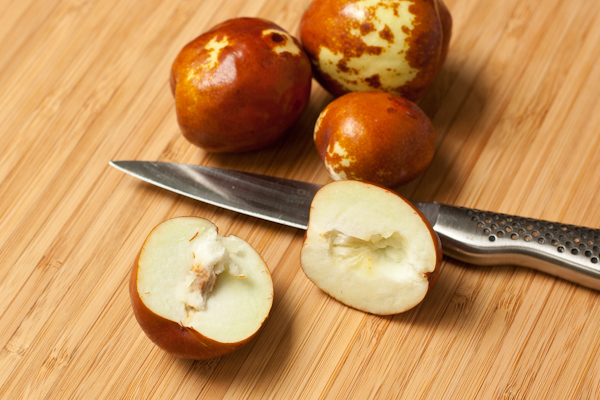
Although China produces the vast majority of the world’s jujubes, a few other countries grow them for local consumption and limited export:
India
Known locally as ber, India cultivates several jujube varieties in states like Maharashtra, Rajasthan, Punjab, and Uttar Pradesh. India’s jujube industry focuses mainly on fresh consumption within local markets.
Pakistan
Jujubes grow in Pakistan’s Sindh and Punjab provinces. While production is modest, the fruit holds cultural and medicinal value.
Iran
Iran has a long history of cultivating jujubes, particularly in northeastern regions like South Khorasan. Iranian jujubes are primarily consumed domestically or used in traditional medicine.
South Korea
South Korea’s jujube production caters to culinary and herbal uses, with the fruit often featured in traditional dishes and teas.
United States
In recent years, jujube farming has gained traction in southwestern states like California, Arizona, and Texas, though U.S. production remains small compared to China.
Why Does the World Get Most of Its Jujubes from China?
Several key factors explain China’s global dominance in jujube production:
Ancient Domestication
China has cultivated jujubes for over 4,000 years, giving it an unparalleled advantage in breeding superior varieties and mastering agricultural techniques.
Ideal Climate and Geography
The dry, sunny, and moderately cold climate in north-central and northwestern China is perfect for jujube trees, which are drought-tolerant and hardy.
Diverse Varieties
China is home to more than 800 different jujube cultivars, offering a range of flavors, sizes, and uses — from fresh-eating to drying and processing.
Advanced Farming Practices
Chinese farmers use a combination of:
- Grafting techniques
- High-density orchard systems
- Integrated pest management
- Modern drip irrigation
- Selective breeding for disease-resistant and high-yield varieties
World-Class Processing Infrastructure
China excels not only in producing jujubes but also in processing them into dried fruit, snacks, tea products, herbal extracts, and health supplements.
How Are Jujubes Exported Around the World?
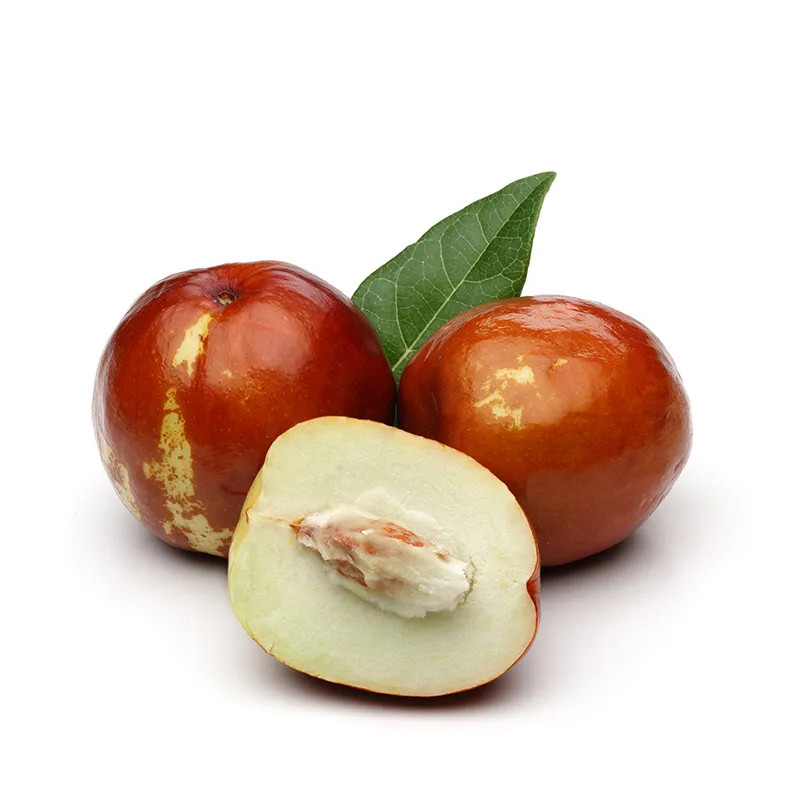
While a significant portion of China’s jujube harvest is consumed domestically, exports have been rising steadily. The most commonly exported products include:
- Dried jujubes
- Candied jujubes
- Jujube teas and herbal extracts
China exports jujubes to:
- East Asia (Japan, South Korea, Vietnam)
- Southeast Asia (Thailand, Malaysia, Singapore)
- The Middle East (United Arab Emirates, Iran)
- Europe (Germany, the UK)
- North America (United States, Canada)
In health-conscious markets like the U.S. and Europe, demand is growing for dried and powdered jujube products, especially for use in smoothies, teas, and traditional medicine.
The Many Uses of Jujubes
Jujubes are incredibly versatile and used in numerous ways around the world:
- Fresh Fruit: Eaten raw when crisp and sweet.
- Dried Fruit: Used in snacks, teas, and desserts.
- Candied Snacks: Popular in Asian markets.
- Medicinal Syrups & Extracts: A staple in traditional Chinese medicine.
- Herbal Teas: Blended with ginger, goji berries, or ginseng.
- Cooking Ingredient: Added to soups, stews, and rice dishes.
Health Benefits Driving Global Demand

The rising global demand for jujubes is fueled by their impressive health benefits:
- Rich in antioxidants and vitamin C
- Promotes better sleep and stress relief
- Supports immune function
- Improves digestive health
- Boosts skin vitality and anti-aging effects
This reputation as a natural superfood has made jujubes increasingly popular in health food stores and online wellness retailers.
Challenges Facing Global Jujube Supply
Despite its dominance, China’s jujube industry faces a few challenges:
- Climate variability affecting harvest consistency.
- Pest and disease pressures like witches’ broom disease.
- Rural labor shortages due to urban migration.
- Overproduction risks causing market price fluctuations.
The Chinese government and farmers are addressing these through modern agricultural technologies, breeding disease-resistant varieties, mechanizing harvesting, and expanding value-added processing.
The Future of Global Jujube Supply
As global interest in natural health foods and traditional remedies grows, jujube demand is expected to rise. China will continue to be the primary supplier, but smaller growers in India, Iran, Pakistan, and the U.S. may gradually expand to serve niche markets and organic food sectors.
Advancements in sustainable farming, smart irrigation, and climate-resilient varieties will play vital roles in securing a steady global jujube supply in the years ahead.
Conclusion
So, where does the world get most of its jujubes? The clear and undeniable answer is China. With its vast orchards, centuries-old growing traditions, ideal climate, and advanced processing capabilities, China produces more than 90–95% of the world’s jujubes.
While a handful of other countries cultivate jujubes for local consumption, none come close to matching China’s scale, variety, or export capacity. As global demand continues to grow, especially for natural health foods, the world will continue to look to China as the main source of this remarkable, nutrient-packed fruit.



